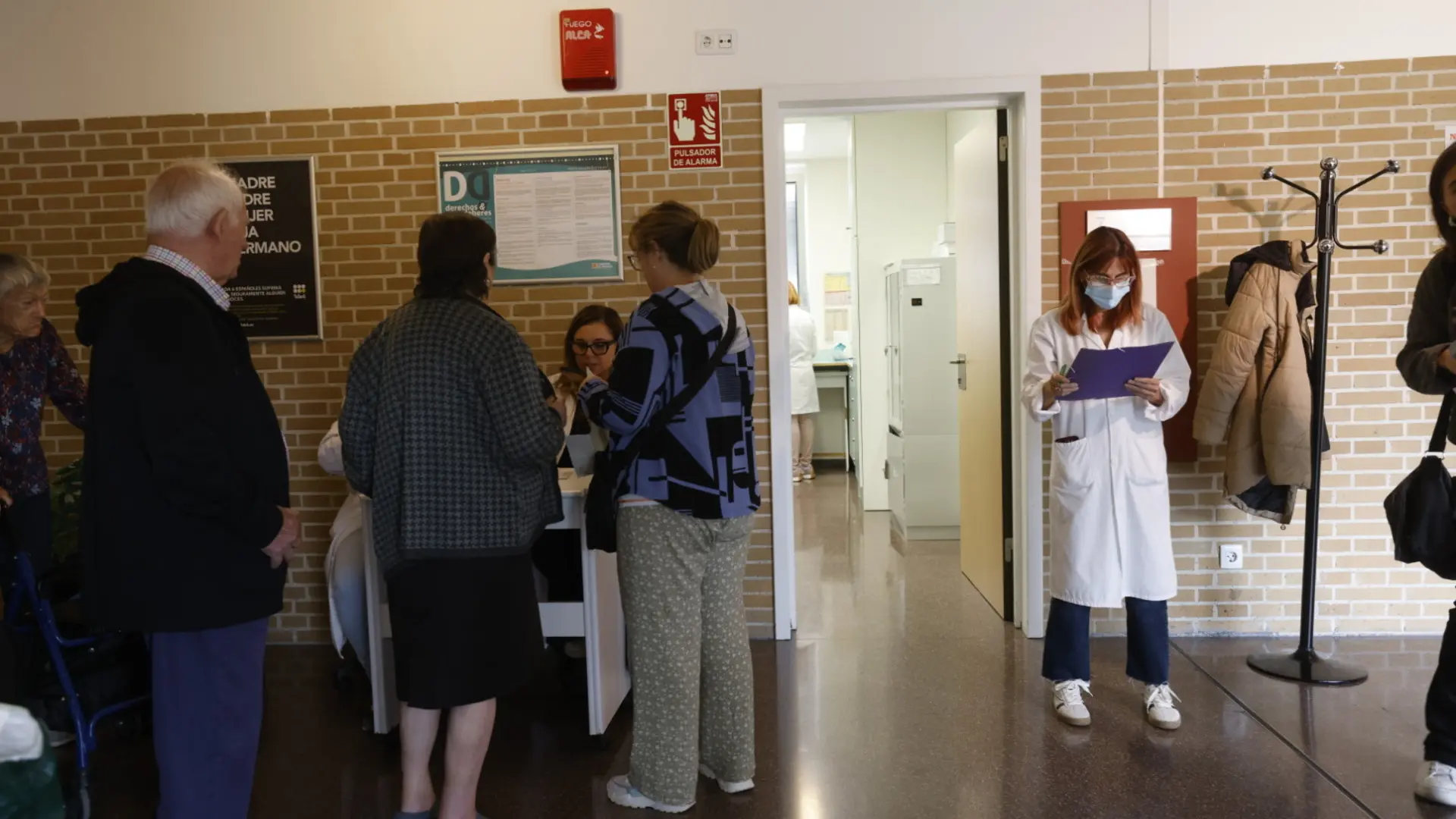Who will be the next groups to get the flu vaccine in Aragon?

The promotion will continue on Monday October 21 for children from 6 to 59 months, for whom self-nomination will be open from October 17, and the pilot plan will begin in 29 schools throughout Aragon. In the latter case, children of the first and second grades of preschool education, that is, up to 3 and 4 years old, from these 29 schools will be vaccinated.
October 28 Vaccination will begin in the 65 to 84 age group through self-registration, which will be available from October 24; and on November 11 it will reach the 60 to 64 age group and at-risk groups, with open appointments available starting November 7.
The main purpose of this immunization is protect people who are more likely to experience complications due to age or previous pathologies.
Daily population for flu and covid vaccination
Due to a greater risk of complications or serious illness if you suffer from these infections:
- People 60 years of age and older.
- Persons aged 5 years and older living in disability centers and nursing homes, as well as other persons staying in institutionalized institutions for a long time and living in closed institutions.
- People under 60 years of age with risk conditions such as diabetes mellitus, morbid obesity, chronic cardiovascular, neurological or respiratory diseases, including bronchopulmonary dysplasia, cystic fibrosis, immunosuppression and others.
- Pregnant women in any trimester of pregnancy and women in the postpartum period (up to 6 months after birth and not vaccinated during pregnancy).
- People living with those who are highly immunosuppressed. Cohabitants of people with other high-risk medical conditions and older medical conditions listed in subsections 1 and 3.B may also be included.
To reduce impacts and maintain critical and essential services to society:
- Staff of public and private medical and social-medical centers (both medical and non-medical, with the exception of students who are only recommended to be vaccinated against influenza).
- People who work in the main government services, with particular emphasis on the following subgroups: State security forces and corps, depending on the national, regional or local level; firefighters; civil protection services.
Target population for influenza vaccination
The flu vaccination campaign broadly targets the same groups as last year:
- People ages 5 to 59 are at higher risk for complications from the flu. This group includes:
– People aged 5-18 years receiving long-term treatment with acetylsalicylic acid, due to the possibility of developing Reye’s syndrome after influenza.
– Smokers. - Students on internship in medical and social health centers.
- People who have direct occupational contact with animals or their excretions on poultry, pig or mink farms or farms or with wild animals (birds, wild boars or mustelids)
- Child population aged 6 to 59 months. Children under 2 years old will be given an intramuscular injection, and from two years old – intranasally.
- Employees of kindergartens and preschool education centers (up to 5 years).
Respiratory syncytial virus
This immunization is recommended for all children born between 1 April 2024 and 31 March 2025 and will be carried out as follows:
- Children under 6 months of age born between April 1, 2024 and March 31, 2025 will be vaccinated at their health center.
- Babies born on October 1 and throughout the season will receive a dose at the hospital’s maternity ward.
- Children with risk factors will also receive a dose in the hospital. This group contains:
– Premature infants less than 35 weeks, before reaching 12 months of chronological age.
– Pediatric population at high risk of severe RSV, including some congenital heart defects; bronchopulmonary dysplasia or those who have undergone heart surgery using artificial circulation. This group also includes children with other conditions that pose a high risk of severe bronchiolitis, such as: immunosuppression, inborn errors of metabolism, neuromuscular diseases, severe lung diseases, genetic syndromes with associated respiratory problems, Down syndrome, cystic fibrosis and children who are receiving palliative care.
